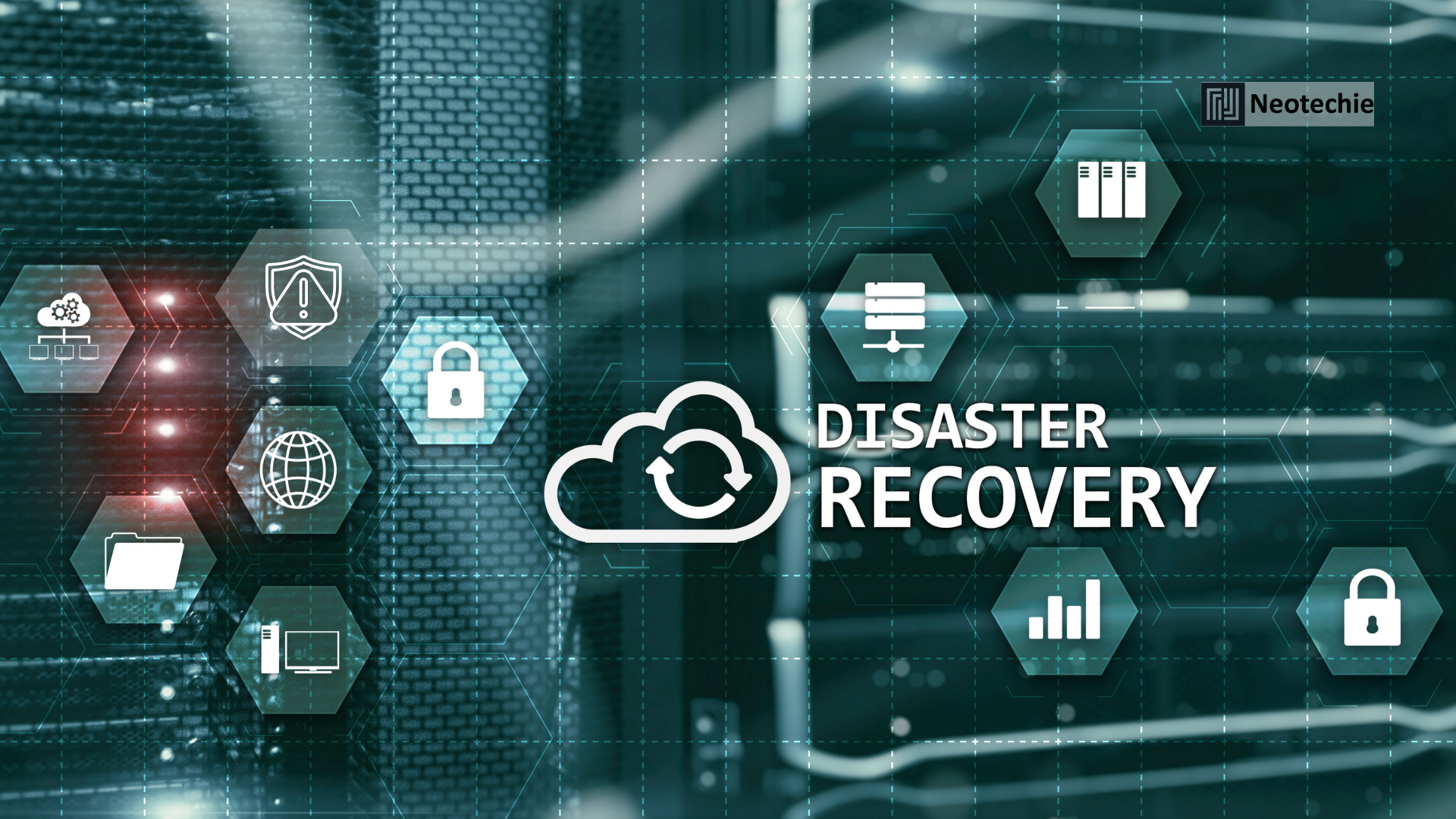IT Disaster Recovery and Business Continuity Planning: Safeguarding Operations Against Uncertainty
Understanding IT Disaster Recovery and Business Continuity Planning
Unexpected events—ranging from cyberattacks and system failures to natural disasters—can halt business operations instantly. IT disaster recovery (DR) and business continuity planning (BCP) prepare organizations to respond swiftly, minimize downtime, and maintain essential functions during disruptions.
This is not about reacting to crises; it’s about embedding resilience into IT infrastructure and operational strategy, ensuring businesses can recover faster, protect data, and continue serving customers without interruption.
What IT Disaster Recovery and Business Continuity Planning Entails
DR and BCP encompass strategies, tools, and processes to ensure operational resilience:
- Risk Assessment and Business Impact Analysis: Identifying critical systems, applications, and processes, along with potential threats and their impact on operations.
- Data Backup and Replication: Implementing secure, frequent backups and real-time data replication across on-premises and cloud environments.
- Redundancy and Failover Systems: Ensuring duplicate systems and failover mechanisms are in place to take over seamlessly if primary systems fail.
- Incident Response Plans: Detailed procedures for IT teams to follow during outages, security incidents, or environmental disasters.
- Communication Protocols: Ensuring employees, partners, and customers receive timely updates during disruptions to maintain trust and coordination.
- Regular Testing and Drills: Simulating disaster scenarios to test system resilience, recovery speed, and staff readiness.
Together, these components transform IT from a potential point of vulnerability into a foundation for resilience, reliability, and operational continuity.
Why IT Disaster Recovery and Business Continuity Planning Matters
1. Minimize Downtime and Revenue Loss
Every minute of downtime translates into lost revenue, productivity, and customer trust. Robust DR and BCP strategies reduce recovery time, keeping systems operational and preserving financial performance.
2. Protect Critical Data and Assets
Data is the lifeblood of modern businesses. DR solutions like real-time replication, secure cloud backups, and redundant storage protect data integrity, ensuring critical information survives any disruption.
3. Ensure Compliance and Reduce Legal Risk
Many industries mandate disaster recovery and business continuity protocols. Implementing DR/BCP ensures compliance with standards such as GDPR, HIPAA, and ISO 22301, avoiding fines and legal exposure.
4. Maintain Customer and Stakeholder Confidence
A disruption handled efficiently demonstrates reliability and professionalism. DR and BCP allow businesses to meet commitments even under stress, maintaining trust with customers, partners, and investors.
5. Support Digital Transformation with Confidence
Hybrid cloud environments, IoT devices, and AI-driven applications increase operational complexity. A resilient DR and BCP framework ensures these technologies can be leveraged safely without risking downtime or data loss.
How IT Disaster Recovery and Business Continuity Planning Works
Step 1: Risk Assessment and Business Impact Analysis
Organizations identify critical systems, applications, and data, assessing potential risks and the operational impact of disruptions. This analysis prioritizes recovery efforts where they matter most.
Step 2: Data Backup and Replication
Secure backups and continuous replication ensure that data remains available even if primary systems fail. Cloud and hybrid approaches provide redundancy, geographic separation, and faster recovery options.
Step 3: Redundancy and Failover Systems
Critical systems have duplicates or standby servers that activate automatically during outages. This failover minimizes downtime and ensures continuity of operations.
Step 4: Incident Response Plans
Detailed playbooks outline steps for IT teams during outages, cyberattacks, or environmental emergencies. Clear responsibilities, escalation paths, and recovery procedures reduce confusion and speed response.
Step 5: Communication Protocols
Predefined communication strategies keep employees, partners, and customers informed during disruptions. Transparent and timely updates maintain trust and coordination.
Step 6: Regular Testing and Drills
Simulated disaster scenarios validate recovery plans, ensuring that systems and teams respond effectively. Testing identifies gaps, strengthens processes, and ensures continuous improvement.
How IT Disaster Recovery and Business Continuity Drives Business Transformation
- From Vulnerable to Resilient Operations: Businesses can recover quickly from disruptions, minimizing revenue and productivity loss.
- From Reactive to Proactive Management: Predictable recovery frameworks allow organizations to plan ahead rather than react under pressure.
- From Data Risk to Data Security: Critical data remains accessible, intact, and protected against corruption or loss.
- From Operational Fragility to Confidence: Staff, customers, and partners gain trust in the organization’s reliability and preparedness.
DR and BCP are more than safeguards—they are strategic investments that enhance operational agility, customer trust, and competitive advantage.
Why Businesses Can’t Ignore DR and BCP
- Unexpected outages, cyberattacks, or environmental disasters are inevitable.
- Downtime has direct financial, reputational, and operational costs.
- Regulatory compliance often requires documented recovery and continuity plans.
- Business resilience is essential for sustaining growth and customer confidence.
Investing in DR and BCP ensures businesses can weather disruptions, maintain operations, and emerge stronger from challenges.
How Neotechie Helps
At Neotechie, we deliver robust IT disaster recovery and business continuity solutions tailored to enterprise needs:
- Risk assessment and business impact analysis to prioritize recovery strategies.
- Secure backup and real-time replication across on-premises and cloud environments.
- Redundant systems and failover mechanisms for uninterrupted operations.
- Incident response planning and communication protocols to ensure coordinated recovery.
- Regular testing and optimization to maintain readiness and enhance resilience.
Neotechie ensures your IT infrastructure is prepared, protected, and optimized, allowing your business to continue operating confidently under any circumstance.
Call to Action
Don’t let disruptions derail your business. Partner with Neotechie to implement resilient disaster recovery and business continuity strategies that safeguard your operations and data against uncertainty.
#ITSolutions #DisasterRecovery #BusinessContinuity #ITResilience #DataProtection #OperationalContinuity #RiskManagement #HybridIT #CloudRecovery #BusinessResilience #ITStrategy

